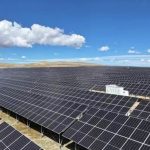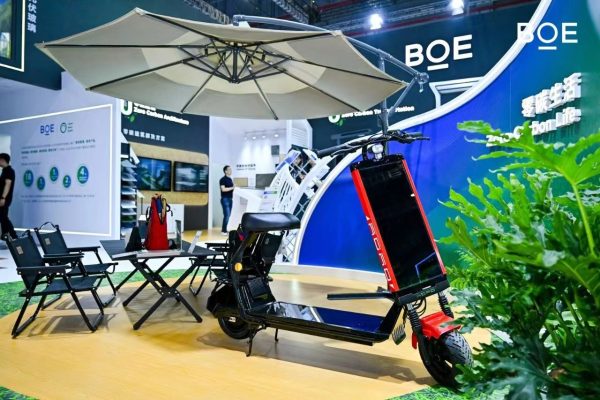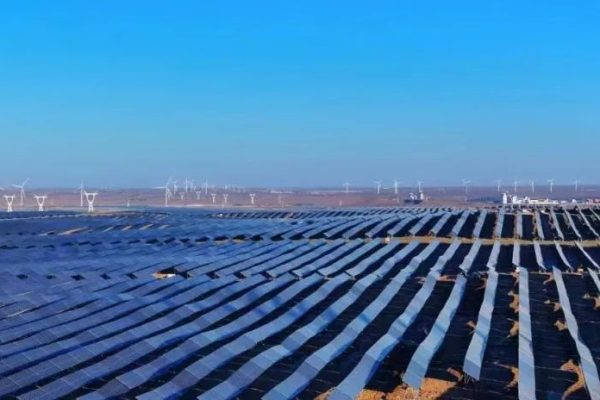How Storage-Aware Solar Design Changes Module Selection and Sizing
PV + Storage Is Not Just “More Panels”
When designing solar PV systems, most installers are used to thinking about:
- Roof size
- Orientation and tilt
- Inverter capacity
- Budget
But once you add storage, the rules shift.
PV systems powering batteries have different voltage, timing, and sizing priorities compared to pure grid-tied solar.
This article breaks down how PV panel selection and configuration changes when you include a battery system — whether grid-connected or off-grid.
🔋 1. Matching PV Output to Battery Charging Window
Batteries only charge when DC power exceeds load and/or grid input is restricted.
Key Design Implication:
PV systems for storage must generate more energy during the midday window (9am–3pm) to effectively charge the battery.
What That Means for Panel Selection:
| Factor | Grid-Tied Only | With Storage |
|---|---|---|
| PV Orientation | South-facing for all-day yield | Slight east/west tilt to extend charging window |
| Oversizing PV | Often avoided due to clipping | Encouraged (up to 1.3–1.5x inverter rating) |
| Panel Type | Focus on efficiency | Focus on early/late generation |
| Bifacial Use | Optional | Helpful in tight roof scenarios |
💡 Tip: Oversize PV input on hybrid inverter (if allowed) to ensure batteries fill even on cloudy days.
⚡ 2. Voltage Considerations: String Size and MPPT Windows
Battery-capable hybrid inverters typically have narrower MPPT voltage windows and specific string current limits.
Example:
| Inverter Type | MPPT Window | Max PV Voc | Max String Current |
|---|---|---|---|
| Grid-tied string inverter | 180–1000V | 1100V | 15–20A |
| Hybrid inverter (residential) | 120–500V | 600V | 11–13A |
Implications for PV Design:
- Choose lower-Voc panels (e.g., 30–38V vs 45–50V)
- Use more panels per string to hit charging voltage
- Be careful with cold-weather Voc rise
🧠 Use PV string calculators that include MPPT window + temp derating.
🧩 3. Parallel MPPT Inputs Become More Valuable
In hybrid inverters, multiple MPPTs allow:
- Dedicated PV for battery charging
- Separate PV for load or export
- Better optimization of east/west arrays
💡 Some models let you assign one MPPT to the battery, and one to house load — improving flexibility.
🕓 4. Time-of-Day Generation Matters More
In grid-only systems, kWh per year is the key metric. With storage, it becomes:
“Can I generate enough energy during battery-charging hours?”
This favors:
- Panels with better low-light performance
- Early-morning or late-afternoon production curves
- Panel layouts that extend charging window
⚠️ Even high-wattage panels may underperform if they’re shaded during peak solar hours.
🛑 5. Backup-Only Storage Changes PV Role
Some homes use batteries only for backup, not daily cycling.
In this case:
- PV may not need to charge battery at full rate
- Smaller PV arrays can suffice
- Panel quality is less critical than layout
But make sure:
- Inverter allows PV charging during grid outage
- System includes anti-islanding protection
🔋 Some hybrid inverters (e.g., Growatt, Deye) allow battery to charge from PV even when the grid is down — but not all do.
🔧 6. Off-Grid Requires PV to Do Everything
For full off-grid homes or remote cabins:
- PV must support base load + battery charging
- Panels need to overproduce to cover losses
- Weather variability must be factored in
Design Tips:
- Use oversized PV array (1.5–2x battery charge power)
- Favor panels with low-temp coefficient and high PTC rating
- Include spare roof space for future expansion
☁️ In cloudy regions, you may also add hybrid input (diesel/AC) for redundancy.
🔎 7. Panel-Level Monitoring Adds Value
When combining PV + storage, clients often ask:
“Is my battery charging properly from solar?”
String-level or panel-level monitoring (via microinverters or DC optimizers) can help identify:
- Faulty strings
- Shaded modules
- Low production affecting battery charge
📲 Consider using platforms like SolarEdge, Enphase, or third-party apps paired with smart meters.
🧾 Summary Table: PV Design Differences by System Type
| System Type | Key PV Design Priorities |
|---|---|
| Grid-Tied Only | Maximize total kWh/year, minimize cost per watt |
| Grid-Tied + Storage (Daily Use) | Maximize solar from 9am–3pm, oversize array |
| Grid-Tied + Backup Only | Moderate PV needed, ensure PV-on-backup capability |
| Off-Grid | PV must fully support battery + load, oversize array significantly |
| Time-of-Use Optimization | Shift PV to avoid grid draw during peak hours |
🧰 Product & Export Considerations
If you’re exporting or installing storage-ready PV kits:
- Include a PV string guide tailored to battery-charging MPPT ranges
- Match panels to regional climate (hot = low-temp coeff., humid = glass durability)
- Offer pre-tested combinations of panels + inverter firmware
- Use 4mm² or 6mm² PV cables with proper connectors for ESS-rated current
- Include SPD + breaker kits in PV combiner boxes for safety
✅ Smart PV Panel Choices Improve Storage ROI
Adding batteries changes how you size, orient, and select PV modules. For storage to be effective:
- Enough solar must arrive at the right time
- Voltage and current must match inverter specs
- Layout must support future upgrades or shading conditions
As an installer or integrator, understanding the storage-aware PV design principles helps you avoid underperforming systems and disappointed clients.









